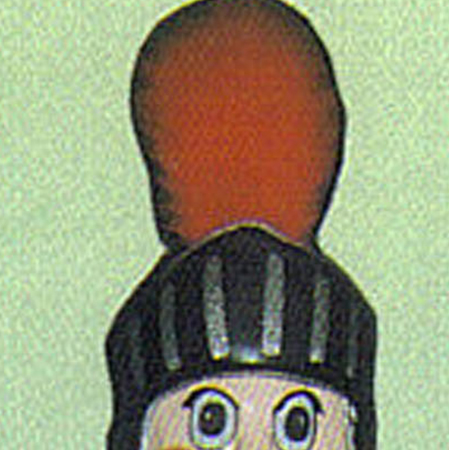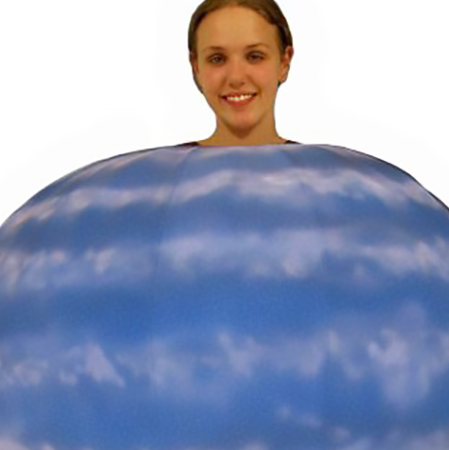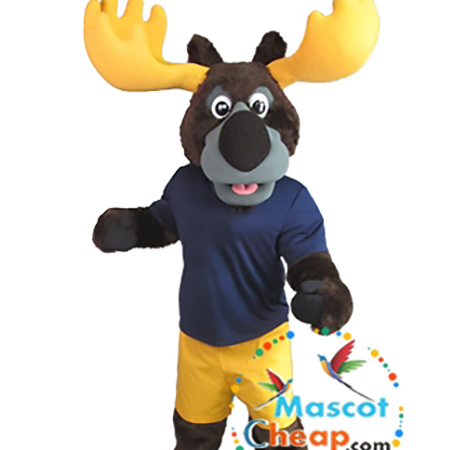In the vibrant world of sports and entertainment, mascot costumes play a crucial role in engaging fans and energizing stadiums. These larger-than-life characters aren’t just eye-catching figures; they also serve as conduits for rhythm and musicality, creating an electrifying atmosphere that leaves lasting impressions on audiences. By incorporating elements of dance, music, and percussion into their acts, mascots can transform a game day into an unforgettable experience.
One of the primary ways mascots achieve this is through rhythmic movement. The stomp of giant feet, the clap of oversized hands, and the roar of a mighty beast all contribute to a sensory-rich performance that captivates fans. Mascot costumes, designed with mobility and expressiveness in mind, allow these performers to execute complex routines that sync with the beat of the music. Whether it’s a high-energy hip-hop track or a classic rock anthem, mascots use every limb to convey the rhythm, making the audience feel the music in a visceral way.

Beyond physical movements, mascots often integrate handheld instruments or built-in sound effects into their performances. A drumline of mascot drummers can create a powerful percussive backdrop, while juggling clubs or pom-poms add a dynamic visual element. Some mascot costumes even feature advanced technology, such as voice modulators or synthesizers, allowing for live vocalizations and unique soundscapes that enhance the overall spectacle.
Musicality isn’t limited to pre-recorded tracks; it thrives in the spontaneity of interaction. Mascots adept at improvisation can engage in call-and-response sequences with the crowd, turning chants and cheers into a communal sing-along. This not only boosts audience participation but also fosters a sense of unity and excitement. When fans see their favorite furry friend responding to their voices, it creates a shared moment of joy that transcends the ordinary.

Moreover, the incorporation of musical themes into mascot performances can deepen fans’ connection to their team or event. For instance, a mascot might perform a choreographed dance to the theme song of their home team, invoking a sense of pride and loyalty among supporters. Or, during halftime shows, mascots could lead medley performances that celebrate iconic hits from different eras, appealing to diverse age groups within the crowd.
Training for such rhythmic and musical prowess requires dedication and creativity. Mascot performers must master not only the physical demands of their roles but also the ability to interpret and express music through movement. Workshops focused on dance, percussion, and vocal techniques can be invaluable in honing these skills. Additionally, collaborations with local musicians or dance troupes can provide fresh perspectives and inspire new routines.

In conclusion, by weaving together rhythm and musicality, mascots elevate their performances from mere visual spectacles to immersive auditory experiences. The synergy of movement, sound, and fan interaction creates a vibrant tapestry of cheer and celebration. As mascot costumes continue to evolve with technological advancements, the potential for innovative and enchanting acts only grows. So next time you attend a game or event, watch closely as your favorite mascot brings the magic of music to life – one stomp, clap, and roar at a time.
